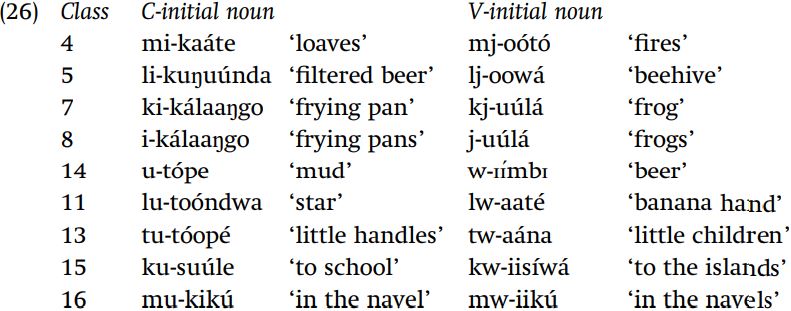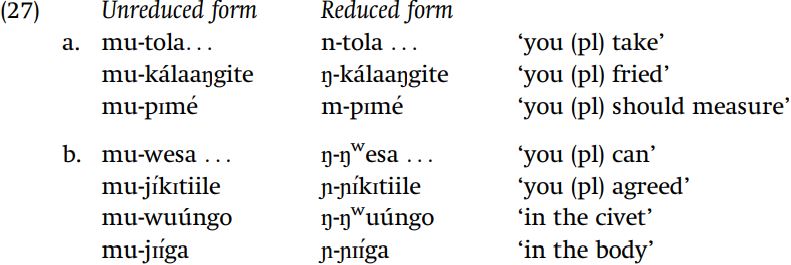

Grammar


Tenses


Present

Present Simple

Present Continuous

Present Perfect

Present Perfect Continuous


Past

Past Simple

Past Continuous

Past Perfect

Past Perfect Continuous


Future

Future Simple

Future Continuous

Future Perfect

Future Perfect Continuous


Parts Of Speech


Nouns

Countable and uncountable nouns

Verbal nouns

Singular and Plural nouns

Proper nouns

Nouns gender

Nouns definition

Concrete nouns

Abstract nouns

Common nouns

Collective nouns

Definition Of Nouns

Animate and Inanimate nouns

Nouns


Verbs

Stative and dynamic verbs

Finite and nonfinite verbs

To be verbs

Transitive and intransitive verbs

Auxiliary verbs

Modal verbs

Regular and irregular verbs

Action verbs

Verbs


Adverbs

Relative adverbs

Interrogative adverbs

Adverbs of time

Adverbs of place

Adverbs of reason

Adverbs of quantity

Adverbs of manner

Adverbs of frequency

Adverbs of affirmation

Adverbs


Adjectives

Quantitative adjective

Proper adjective

Possessive adjective

Numeral adjective

Interrogative adjective

Distributive adjective

Descriptive adjective

Demonstrative adjective


Pronouns

Subject pronoun

Relative pronoun

Reflexive pronoun

Reciprocal pronoun

Possessive pronoun

Personal pronoun

Interrogative pronoun

Indefinite pronoun

Emphatic pronoun

Distributive pronoun

Demonstrative pronoun

Pronouns


Pre Position


Preposition by function

Time preposition

Reason preposition

Possession preposition

Place preposition

Phrases preposition

Origin preposition

Measure preposition

Direction preposition

Contrast preposition

Agent preposition


Preposition by construction

Simple preposition

Phrase preposition

Double preposition

Compound preposition

prepositions


Conjunctions

Subordinating conjunction

Correlative conjunction

Coordinating conjunction

Conjunctive adverbs

conjunctions


Interjections

Express calling interjection

Phrases

Sentences


Grammar Rules

Passive and Active

Preference

Requests and offers

wishes

Be used to

Some and any

Could have done

Describing people

Giving advices

Possession

Comparative and superlative

Giving Reason

Making Suggestions

Apologizing

Forming questions

Since and for

Directions

Obligation

Adverbials

invitation

Articles

Imaginary condition

Zero conditional

First conditional

Second conditional

Third conditional

Reported speech

Demonstratives

Determiners


Linguistics

Phonetics

Phonology

Linguistics fields

Syntax

Morphology

Semantics

pragmatics

History

Writing

Grammar

Phonetics and Phonology

Semiotics


Reading Comprehension

Elementary

Intermediate

Advanced


Teaching Methods

Teaching Strategies

Assessment
Matuumbi
المؤلف:
David Odden
المصدر:
Introducing Phonology
الجزء والصفحة:
127-5
29-3-2022
1568
Matuumbi
The following data from Matuumbi illustrate the different surface realizations of the noun-class prefixes (nouns are assigned lexically or syntactically to different classes, conventionally numbered between 1 and 21). You should be able to discern and formalize the rule that applies in these data, and order those rules correctly. What rule applies in the following data?

The examples in (27) illustrate three rules. First, there is an optional rule applying in both subsets of (27) which deletes u after m, hence in these words, the prefix /mu/ can be pronounced in two ways, one with u and one without u. You should formalize the optional vowel deletion rule illustrated by these data.
An independent rule assimilates a nasal to the place of articulation of the following consonant (we saw this rule in previous Matuumbi data). This rule applies in both subsets of examples, and is the only other rule besides deletion of u involved in the first subset. The third rule applies in the second subset of examples, and explains the change in the initial consonant of the stem. This rule only applies to a glide preceded by a nasal which is separated by a morpheme boundary, notated in rules as “+.”

(An alternative transcription of these second set of forms would be ŋŋwesa and so on: the point of writing this as [ŋŋwesa] is to make clear that there is a change in the nature of the initial segment, and not the addition of another segment.)
The examples in (28) illustrate the point that nouns in class 7 in the singular (marked with the prefix ki-) have their plural in class 8 (with the prefix i-). The plural locative form gives further illustration of a phonological rule of the language which we already know.

How do you explain the following examples of nouns, which also have singulars in class 7 and plurals in class 8, given that the class prefixes in these examples are underlyingly /ki-/ and /i-/?

The data in (29) demonstrate a specific conclusion about the ordering of two of the rules motivated here: what is that conclusion?
 الاكثر قراءة في Phonology
الاكثر قراءة في Phonology
 اخر الاخبار
اخر الاخبار
اخبار العتبة العباسية المقدسة

الآخبار الصحية















 قسم الشؤون الفكرية يصدر كتاباً يوثق تاريخ السدانة في العتبة العباسية المقدسة
قسم الشؤون الفكرية يصدر كتاباً يوثق تاريخ السدانة في العتبة العباسية المقدسة "المهمة".. إصدار قصصي يوثّق القصص الفائزة في مسابقة فتوى الدفاع المقدسة للقصة القصيرة
"المهمة".. إصدار قصصي يوثّق القصص الفائزة في مسابقة فتوى الدفاع المقدسة للقصة القصيرة (نوافذ).. إصدار أدبي يوثق القصص الفائزة في مسابقة الإمام العسكري (عليه السلام)
(نوافذ).. إصدار أدبي يوثق القصص الفائزة في مسابقة الإمام العسكري (عليه السلام)


















